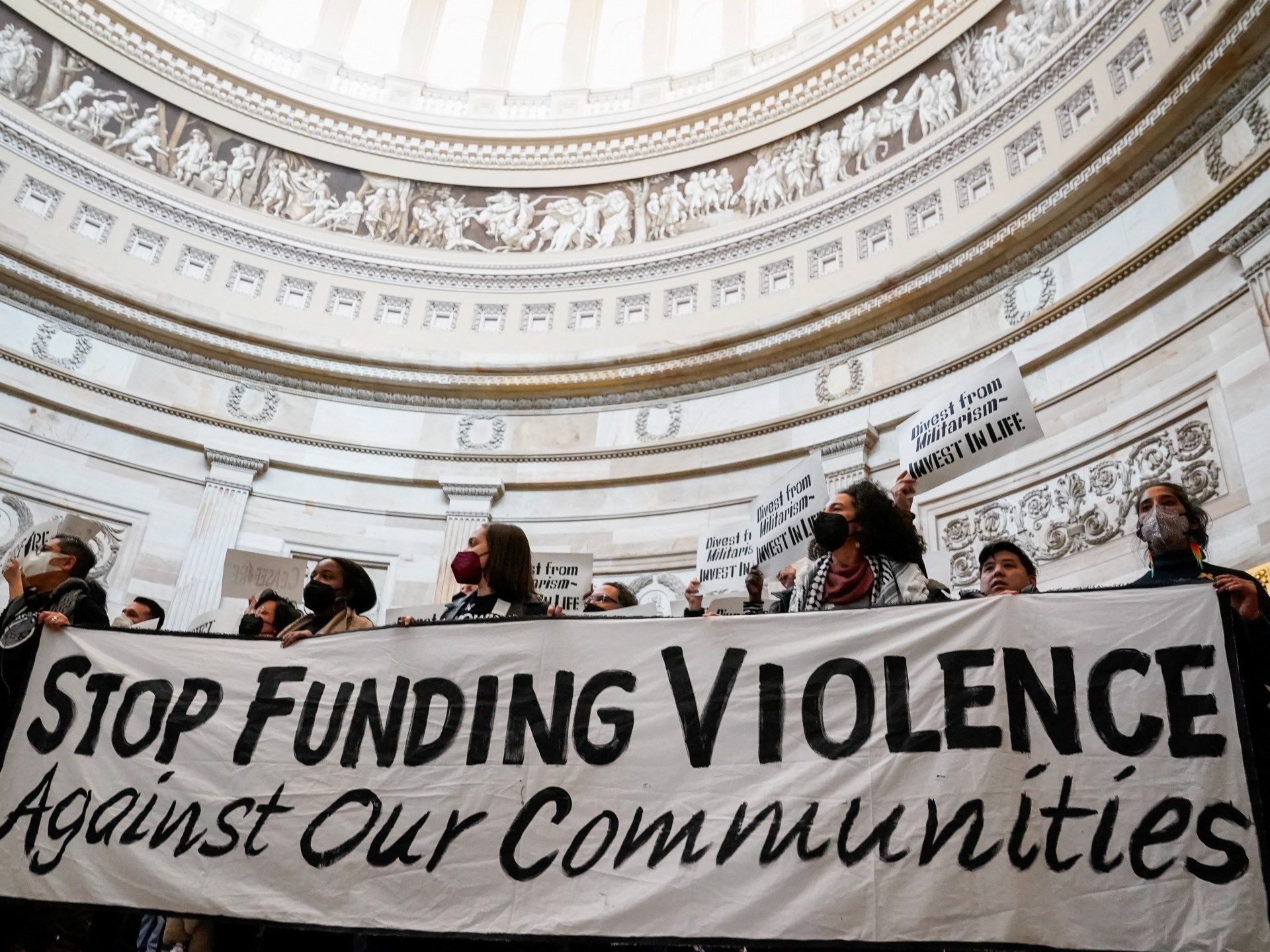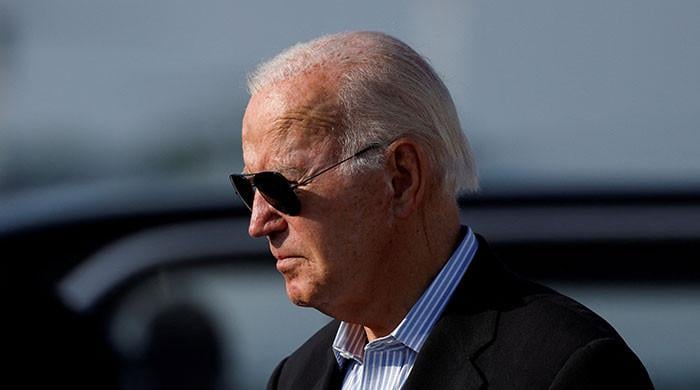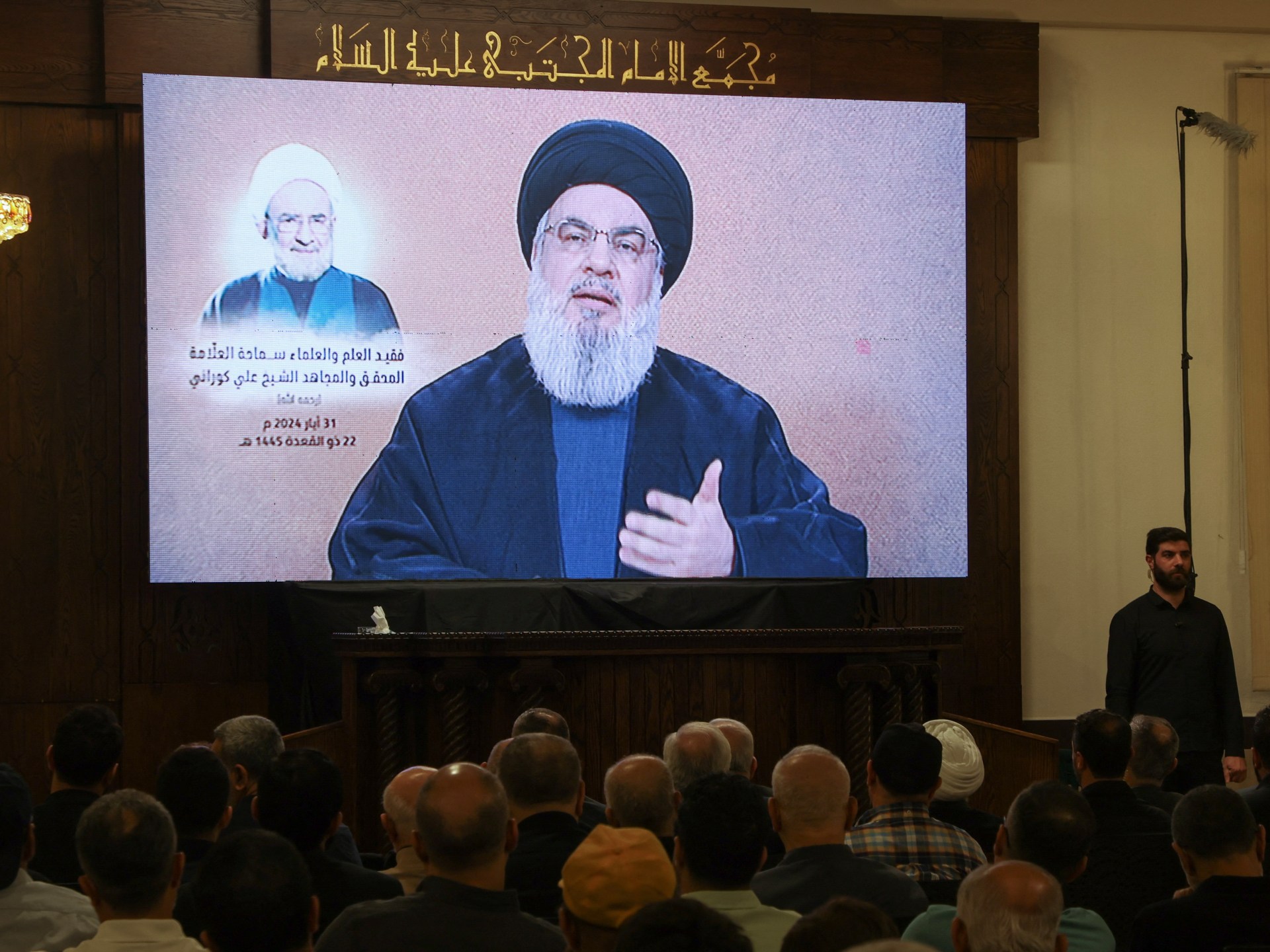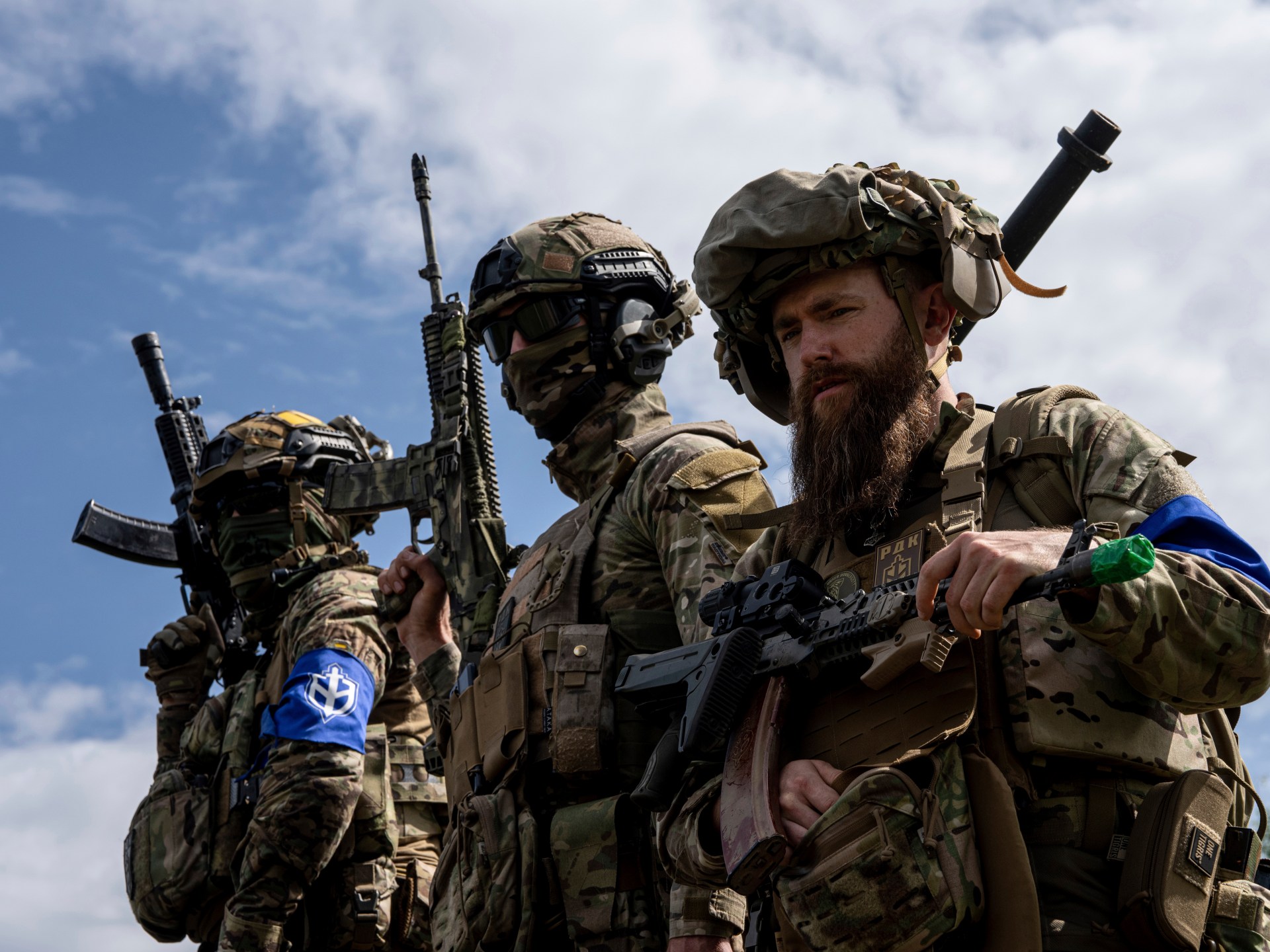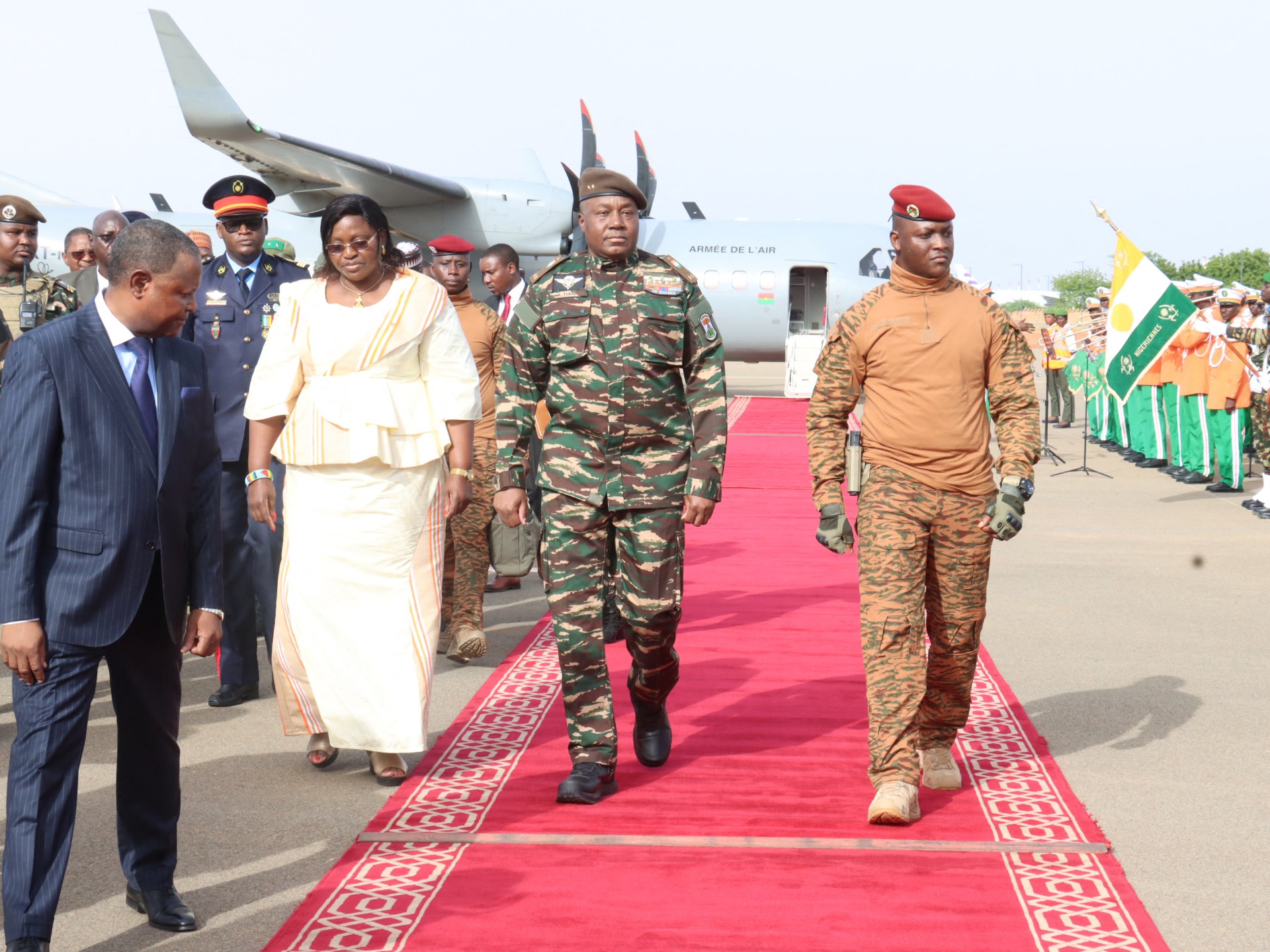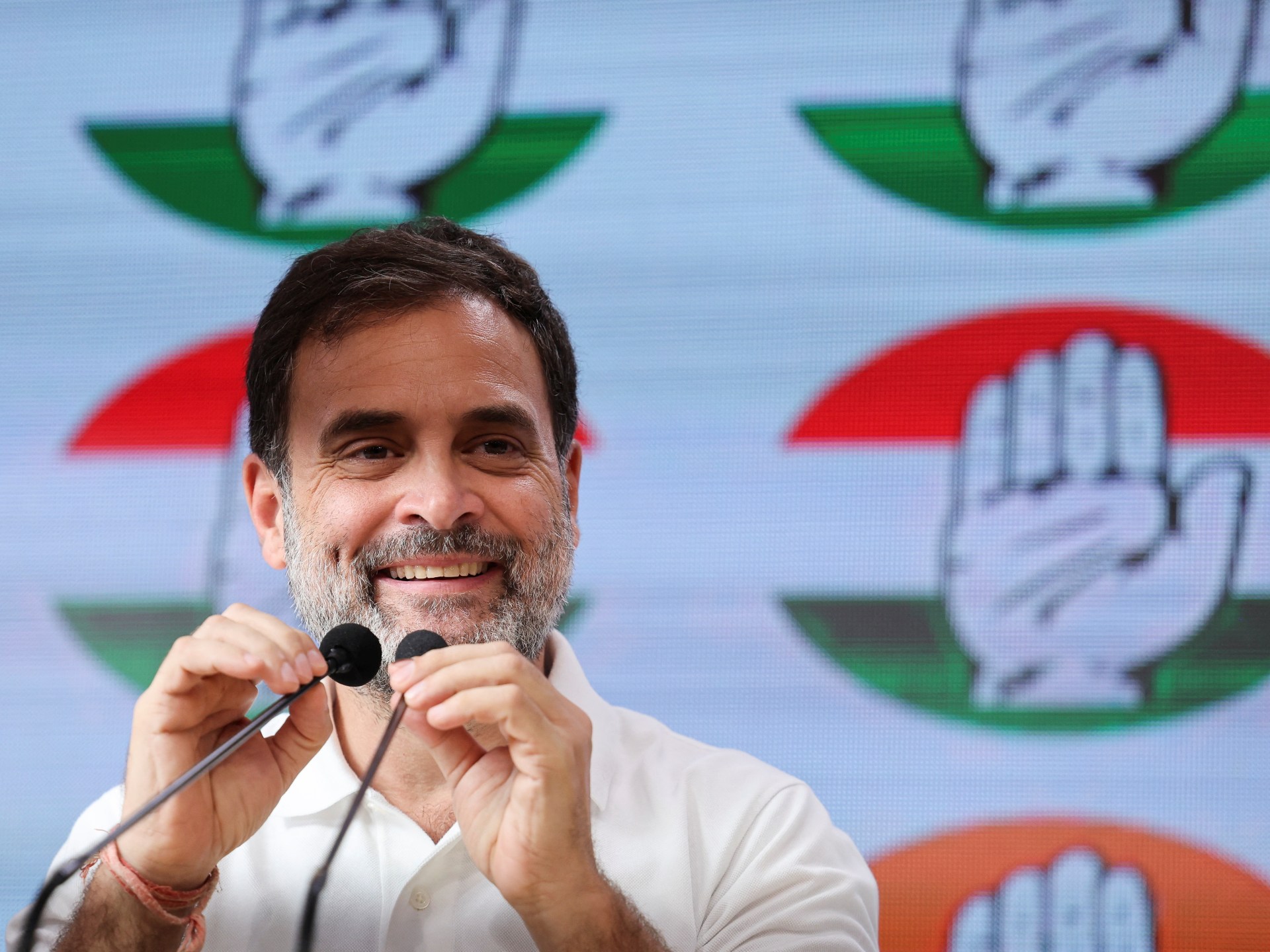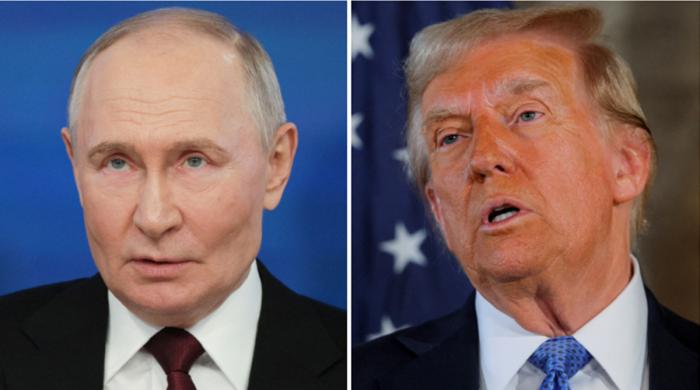On November 1, less than a month after Israel's attack on Gaza, US President Joe Biden's administration announced a national strategy to combat Islamophobia. The move came at a time when anti-Muslim incidents were on the rise across the country.
On October 14, Wadea Al-Fayoume, a six-year-old Palestinian-American boy, was stabbed to death in Chicago, while his mother was seriously injured in a racially motivated assault by their landlord. Five days later, Jasmer Singh, a 66-year-old Sikh man, was beaten to death in New York City by a man shouting “turban man.” (Observant Sikhs are often confused with Muslims.) On October 28, Muslim-American doctor Talat Jehan Khan was stabbed to death in Texas.
Biden's initiative was mirrored by some American academic institutions, which adopted measures against Islamophobia, generally along with anti-Semitism prevention policies. Stanford, the University of Maryland, Columbia and Harvard are among the educational institutions that announced such initiatives.
But the White House's strategy to fight Islamophobia has been met with widespread scorn and ridicule. Users of On campuses, the repression of pro-Palestinian activism and advocacy has given the lie to universities' anti-Islamophobia initiatives.
These reactions reflect the growing rejection by American Muslims of the attempt to replace systemic political demands with those focused on intolerance or exclusion. This marks a break from the past two decades, when a focus on cultural acceptance or interfaith dialogue, rather than political criticism and action, shaped American Muslim advocacy and organizing.
This change was evident at the funeral of the murdered boy Wadea, which was attended by thousands of people and became a true demonstration for Free Palestine. Speakers condemned the pro-Israel bias of American media coverage, the blank check given by the United States to Israeli occupation forces to commit atrocities, and the years-long siege of Gaza that has hampered the lives of its residents. Wadea's death was mourned not as a matter of bigotry or anti-Muslim hatred but as a shocking internal tension point in the US-Israel alliance.
A similar position was taken following the shooting of three Palestinian university students in November, whose keffiyeh scarves likely marked them for the attack. When asked about the attack, Kinnan Abdalhamid, one of the survivors, insisted that the focus should continue to be on calls for a permanent ceasefire in Gaza and not on his personal experience.
Abdalhamid's friend Hisham Awartani, who was paralyzed from the waist down by the shooting, also refused to let his ordeal become a case of anti-Muslim bigotry. Awartani said he was nothing more than “a victim in a much broader conflict. If I had been shot in the West Bank, where I grew up, the medical services that saved my life here would likely have been withheld by the Israeli military. “The soldier who shot me would come home and never be convicted.”
Meanwhile, the Muslim and Arab communities have participated en masse in demonstrations calling for an end to US material support to Israel and an immediate and permanent ceasefire.
This mobilization is a far cry from the dynamics of the last two decades, as illustrated by my research on Muslim multiculturalism during the years of the “war on terror.”
After 9/11, American Muslim organizations engaged in cultural and attitudinal projects aimed at combating misconceptions about their communities. Many believed that changing perceptions of America—by teaching about the meaning of the Hajj or Ramadan or refuting stereotypes about the hijab—would legitimize the Muslim presence in America. In my ethnographic fieldwork, I was told that raising questions about American militarism would jeopardize the fragile project of American Muslim legitimacy.
These years saw a proliferation of cultural awareness events. On university campuses, Muslim student associations held Islam Awareness Weeks, again motivated by the belief that correcting misperceptions about Muslims would defeat Islamophobia. The annual International Hijab Day invited non-Muslim women to wear a headscarf in solidarity with Muslim women. The museum's exhibits showcased inventions from the Muslim world.
Diversity initiatives, such as Gap's, in which Sikh actor Waris Ahluwalia appeared in an ad campaign, were widely praised. After a billboard displaying the ad was defaced with racist graffiti, Gap used it as its Twitter banner, celebrating its diverse cast and inspiring a viral #thankYouGap campaign across Sikh and Muslim America.
American Muslim activists also joined several interfaith initiatives, such as the Brotherhood of Salaam-Shalom, which aimed to bridge divisions between Muslims and Jews through dialogue and friendship, and NewGround: A Muslim-Jewish Partnership for Change, which had the task of building Muslim-Jewish communities. Jewish relations.
Not all American Muslims accepted these initiatives. Some, often marginalized, voices offered scathing criticism, accusing such programs of “faithwashing,” that is, using interfaith dialogue to distract from the Israeli state's colonial violence against the Palestinian people. For these critics, the trivialities of tolerance and understanding turned Palestinian dispossession into a matter of opinion and individual differences, while opposition to Israeli apartheid was explained by a supposed “primordial hostility” between Jews and Muslims, which could be overcome by social exchange.
Similar rifts emerged around the annual Ramadan dinner hosted by the White House, which summons American Muslim leaders to an iftar meal with the president. President Bill Clinton's administration held the first community iftar at the White House, and every president since has done the same. Even Donald Trump, who issued a “Muslim ban” during his presidency, hosted the event during his presidency.
While some saw the White House iftar as an opportunity for Muslims to connect with America's powerful, others condemned attendees for breaking bread with the architects of coups in the Muslim world, assassination programs and systematic surveillance and deportations of Muslims. Many American Muslim organizations boycotted the 2021 White House iftar, citing Biden's policies on Israel.
Today, these fissures within the Muslim and Arab communities are closing. With growing fervor, Muslim America is united in demanding a change in American policy in the Middle East.
The Muslim and Arab refusal to support Biden, especially in key states like Michigan, has alarmed Democratic Party leaders. “In my opinion,” writes Palestinian-American scholar Steven Salaita, “liberals who hope Arab Americans will forget about Biden's support for Zionist genocide come November are sorely mistaken.”
Rejection of attempts to wash the faith is now widespread. American Muslims are joined by legions of non-Muslims agitating for Palestinian liberation. Instead of wanting to see more colorful boardrooms or government liaisons on Islamophobia, they now keep an eye on the enduring system of apartheid and its undeniable project of ethnic cleansing and genocide.
Biden's national strategy on Islamophobia has failed among Muslim voters. It remains to be seen whether this is enough to push this voting bloc beyond two-party electoralism and toward third-party options and mass movement organizing. However, it marks a seismic shift in American Muslim consciousness, which no longer accepts cultural tolerance and interfaith understanding as a remedy to the problems of empire.
The views expressed in this article are those of the author and do not necessarily reflect the editorial position of Al Jazeera.

